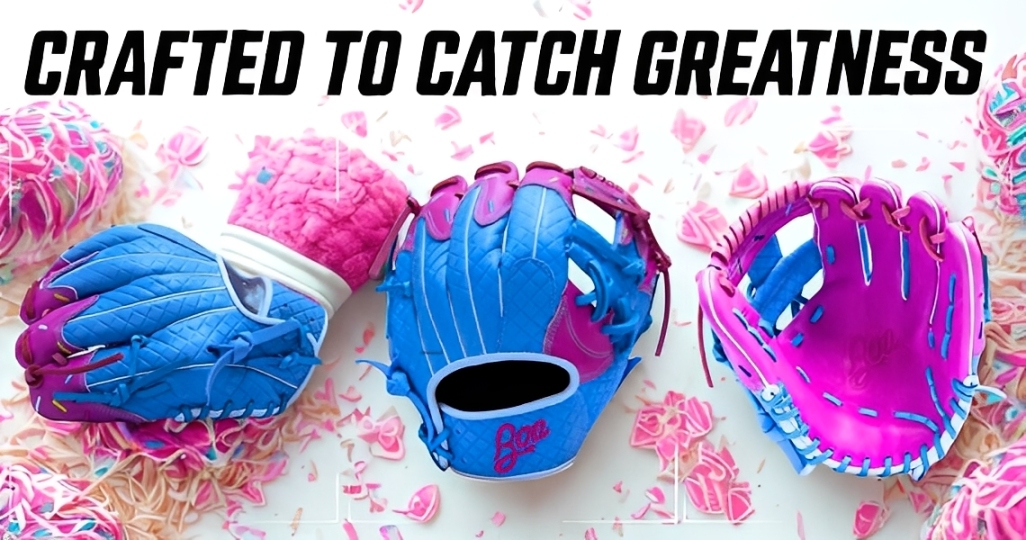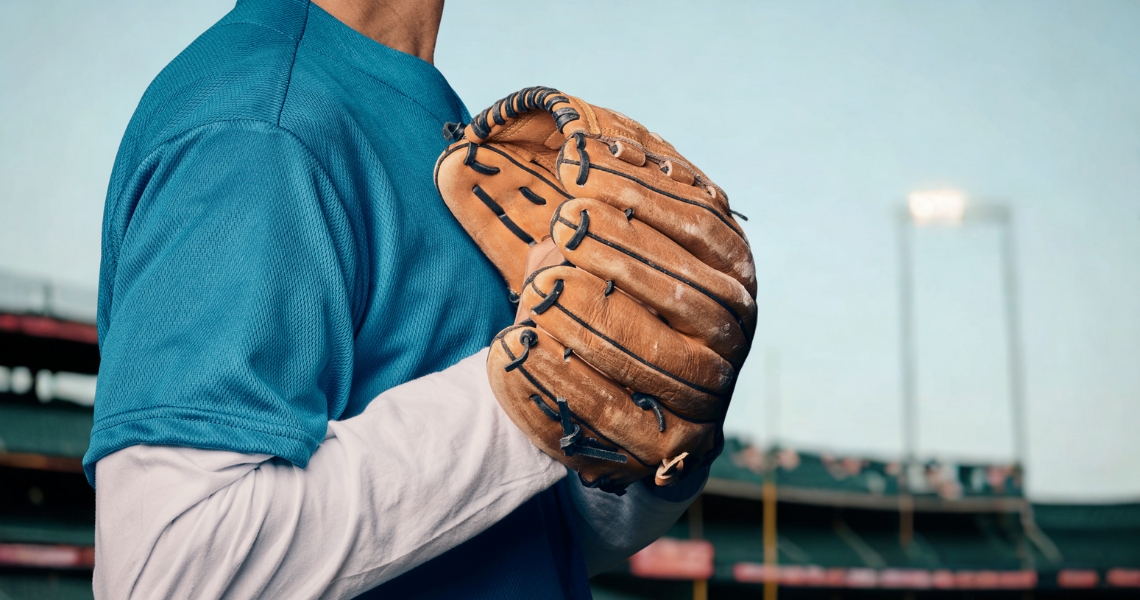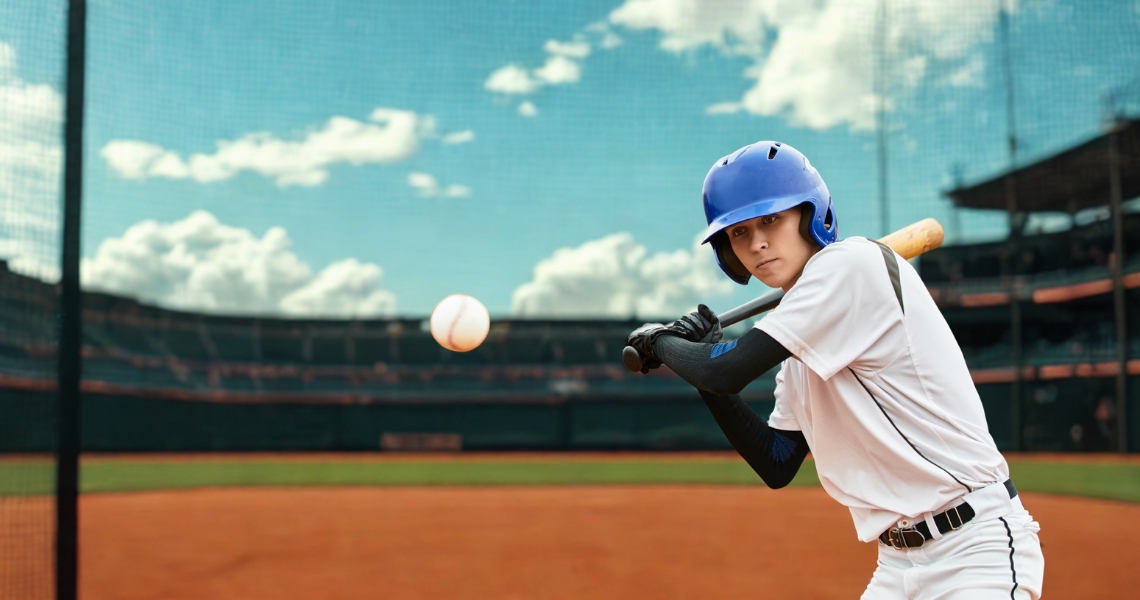Whether you’re stepping into the batter’s box for the first time or looking to level up your gear, choosing the right baseball bat is a game-changer. From wood to composite and everything in between, the bat you swing affects your performance, confidence, and feel at the plate.
In this guide, we’ll break down the essentials of baseball bats—types, sizing, materials, and the growing popularity of custom bats—so you can swing smarter and hit harder.
Types of Baseball Bats: Know the Difference
1. Wood Bats
Wood baseball bats are a staple in professional and wood-bat leagues. Each type of wood offers a unique feel:
- Maple: Dense, durable, and powerful
- Ash: Lightweight with natural flex and whip
- Birch: A balance between maple’s power and ash’s flex
Many experienced hitters prefer the feedback and tradition of swinging wood—especially in custom d
2. Alloy (Aluminum) Bats
These bats are popular in youth and amateur levels. Alloy bats are known for their “pop,” require no break-in period, and are generally more affordable than composite models. They’re reliable, long-lasting, and great for all-around performance.
3. Composite Bats
Built with layered carbon fiber, composite bats offer reduced vibration and a larger sweet spot—perfect for players seeking more forgiveness on off-center hits. They often require a break-in period but deliver top-tier performance once ready.
How to Choose the Right Bat for You
Choosing the right bat comes down to fit, style, and regulations.
Start with sizing. A good test is to stand the bat vertically next to your leg; it should reach somewhere between your hip and waist. Most players look at drop weight (the difference between length and weight) to choose a bat that feels balanced in their hands. Younger players may use lighter drops (-10 to -13), while high school and college players use -3 BBCOR bats.
You’ll also want to match your bat to your swing style:
- Power hitters typically prefer end-loaded bats for more weight through the zone
- Contact hitters often favor balanced bats for better control and quicker swings
And don’t forget league regulations. Double-check whether your league requires BBCOR, USSSA, or USA Baseball certification, as using the wrong bat could disqualify you from play.
Why Custom Baseball Bats Are on the Rise
In recent years, custom baseball bats have exploded in popularity—especially among serious players who want a bat built for them. Custom bats go beyond visual appeal; they’re designed for your grip, your stance, and your swing mechanics.
With a custom bat, you can choose:
- Preferred wood species (maple, ash, birch)
- Barrel shape and taper
- Knob and handle profile
- Engraving (name, number, logo)
- Paint finish and custom colors
The result is a one-of-a-kind bat that performs like a natural extension of your body. For players who want precision and personality, nothing beats going custom.
Caring for Your Baseball Bat
Whether you’re swinging wood or composite, proper care extends the life of your bat and keeps performance consistent.
Here are a few simple maintenance tips:
- Store indoors in a dry, temperature-stable environment
- Rotate wood bats after each swing to prevent flat spots
- Clean regularly to remove sweat, dirt, and grime
- Avoid using in cold or wet conditions, especially for wood bats
Taking care of your bat means it’ll take care of your swing.
Final Thoughts: Find Your Sweet Spot
From youth leagues to travel ball to the pros, the bat you swing says a lot about you. It shapes how you approach the game and how you perform under pressure. Whether you go with a balanced BBCOR bat or a handcrafted maple model, understanding your needs and swing style will help you choose a bat that brings out the best in you—and if you want something that goes beyond the rack, a custom bat that reflects your identity as a player is your next step.



